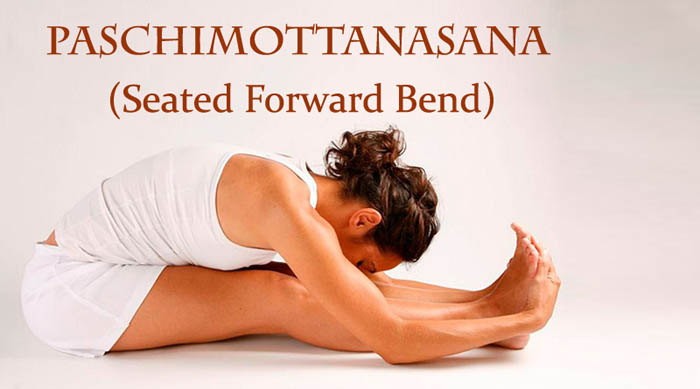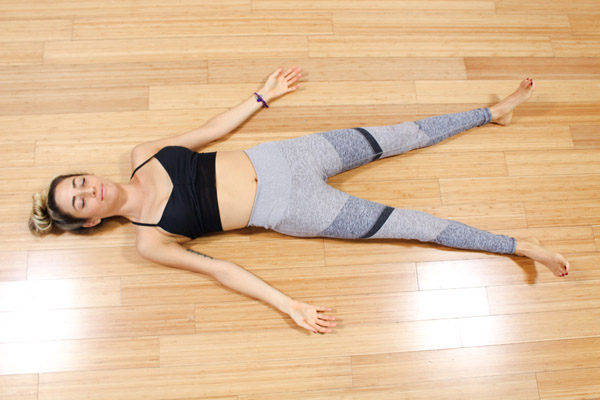Diabetes is a disease that is associated with high blood glucose levels in the body. Blood glucose provides the main source of energy to the body and it comes from the food we eat. Insulin is the hormone that helps the glucose (from food) to reach the cells in order to be used as energy for the body. When the body loses its ability to use the insulin or stops producing any insulin at all, the body keeps storing glucose that can no longer be converted to energy. This shooting up of glucose leads to several health problems.
There are two common types of diabetes. Type 1 diabetes and Type 2 diabetes. In the first category of diabetes, the body does not produce any insulin at all. The immune system attacks all the cells in the body that are supposed to produce insulin. There is no certain age for Type 1 diabetes to occur. Anyone can develop type 1 diabetes. Though, children are commonly diagnosed with this type of diabetes.
The second type of diabetes is the one where the body is not capable of utilizing the insulin produced by the body. Though this diabetes may occur at any age, it is mostly found in older people.
There is also another type of diabetes that mostly occurs in pregnant ladies, called gestational diabetes. This kind of diabetes is only seen during the pregnancy period and goes away as soon as the baby is born. However, it is commonly found that people with gestational diabetes have chances of developing Type 2 diabetes at a later stage.
Most studies have found that up to 25% of people with either type of diabetes weren’t aware that they had the disease. Most people tend to neglect the early symptoms of diabetes and are risking themselves to serious health problems like heart disease, stroke, kidney disease, eye problems, dental disease, nerve damage, and foot problems over time.
Increased thirst and urination, hunger pangs, extreme tiredness, eye problems such as blurred vision, tingling effects in the feet or hands, wounds that take longer time to heal, sudden weight loss are some of the common symptoms associated with diabetes. While the symptoms of type 1 diabetes occur just within a week, the symptoms of type 2 diabetes may take a longer time to develop making it difficult for us to notice any changes. Most of the time, people with type 2 diabetes notice no symptoms at all until they develop diabetes-related problems.
Diabetes may occur due to genes, environmental factors, lifestyle factors, or heavy medications. Overweight, obesity and a sedentary lifestyle are also responsible for diabetes. There are several ways you can reduce the effects of diabetes on your body. Over the years, people have got a plethora of options to choose from when it comes to health. There are lifestyle changes, exercises and yogas, supplements, pills and other medications that people opt for to reduce the risk of diabetes.
Blood Sugar Formula is a supplement by the Pure Health Research that helps in controlling blood sugar levels. This supplement reaches the root of all problems in order to solve it and deliver effective results. The natural composition of the Blood Sugar Formula supplement makes it safe to use and is free from any side effects. It keeps the blood sugar levels under check and wards off the terrible health-related issues that type 2 diabetes may leave on your health. Pure Health Research is a reliable and trustworthy manufacturer which makes this supplement even more worthy and safe to use. Each ingredient used in the Blood Sugar Formula supplement has undergone several levels of research to ensure its effectiveness. The ingredient Chromium plays a major role in the formulation of Blood Sugar Formula. Chromium naturally decreases the fasting glucose levels in the blood. Few other ingredients that are of high significance in the making of this supplement are Vitamins C and E, White mulberry leaf, and Juniper berries.
Well, supplements and medications are not the only options you have got. You can also try Yoga to naturally fight diabetic symptoms. As you already might be knowing that yoga is best for healing the mind and helps in relaxing our body. Performing certain yoga poses daily can help you keep the blood sugar levels under check, along with improving circulation and helping you reduce other complications associated with diabetes (1). Below are a few yoga postures that can help you fight diabetes.
Top 5 Yoga Poses for Diabetes
- The Bow Pose
The Bow pose is great to stimulate the abdominal organs. It is an excellent pose for improving spinal strength and flexibility. The Bow pose is highly recommended for diabetic patients. This pose helps to lower the blood sugar levels and soothe respiratory problems and constipation. It also helps in relieving stiff shoulders and menstrual cramps.
This pose also helps in strengthening hamstrings, quadriceps, and pectoralis.

How to Perform?
For this yoga pose, you have to lie down on your stomach. Rest your arms beside your body with palms facing upwards. Bring your knees upwards and bring your hands towards the ankles. Lift your head, chest, and knees. Breathe in and stay in the position for 30 seconds. Then exhale and get back to the original position. Repeat the pose for 3 times before continuing with the next. Once you get back to normal position, take a 30 seconds rest before repeating the pose.
- The Sitting Spinal Twist
The Sitting Spinal twist helps improve the abdominal organs and to keep the blood sugar level under check. It also improves digestion and boosts energy levels.
How to Perform?
Sit straight on the ground with the legs stretched out. Now sit in a cross-legged position and place your right leg outside the left hip. Keep your left hand covering the right thigh. Place the right hand behind you on the ground. Inhale as you twist your body to the left. Try to hold this pose for almost 1 minute before you release the pose. Now slowly lift both your hands and place them on the thighs. Slowly bring back your legs to the normal position. Breathe out as you slowly return to your original position. Now repeat by placing your left leg outside the right hip and keeping your right hand on the ground behind you.
- The Seated Forward Bend
The seated forward bend is proven to have therapeutic effects. It helps in keeping blood pressure under check and weight management along with relieving anxiety, headache, and tiredness.
The pelvic muscles, erector spinae, gastrocnemius are strengthened while performing this yoga.

How to Perform?
Sit on the ground with legs stretched out. Keep your foot perpendicular to the ground. Now stretch your hands up with palms facing out. Bend forward trying to touch both feet. Do not try to overdo it in the first attempt. Your body gets flexible and comfortable only with practice. Until then you can stop at the point which is comfortable for you. Gradually try touching your foot. Keep in mind to tuck your chin into your chest while bending forward. When you bend forward and touch your feet, try to stay in the position for up to 30 seconds.
- The Child’s Pose
The Child’s pose helps promote relaxation and is also said to improve the production of cells in the body that produce insulin. It helps relieve chronic pains in the back and neck along with stress and tiredness.
The hamstrings, spinal extensors, and rotator muscles get worked in this pose.

How to Perform?
Begin with a kneeling position for this pose. Keep your knees hip-width apart. Push your buttocks back to the heels. The next step is to stretch forward and rest your forehead on the floor. While you perform the above steps make sure to stretch your arms as much as possible with the palms facing upwards. While you stretch your body or sink back to your heals, remain in the pose for almost 5 minutes each. Then slowly lift yourself and get into a seated position to continue with the rest of the yoga session.
- The Corpse Pose
This pose helps lower the blood pressure, calms the mind, and helps in relaxing the body. This pose is basically done at the end of a yoga session. After all the bends and twists of other poses, this pose helps calm the entire body and restore energy.
How to Perform?

Lie on your back with your feet straight and parallel to the ground. Relax your muscles and keep your hands on the sides with the palm facing upwards. Relax your body completely to relax all the tensions. Hold this pose for 15-20 minutes.
Conclusion
The above were the top 5 yoga poses that are recommended for diabetic patients and for those who wish to keep their blood sugar levels under check. It is not proven to completely cure diabetes, but you can definitely reverse the effects of diabetes by following yoga, diets and good eating habits, and medications.
Don’t forget to make these minor changes in your life :
- Keep Practicing Yoga – Yoga is not a one-time medicine that will cure you of all your woes. For healthier living, you need to incorporate yoga in your daily life. Take some time out of your busy schedule to improve your health and prevent yourself from getting diabetic.
- Reduce the intake of carbs as it can make the diabetic condition worse.
- Drink lots and lots of water.
- Keep measuring your calorie intake so that you don’t overeat or eat those items that will affect your health.
- Get adequate sleep for a relaxed and energetic body.
It is also advisable that type 2 diabetic patients and those who are under heavy medications consult their physician before continuing with these yoga poses. Also, pregnant women are not recommended to follow the above-mentioned poses without their doctor’s permission.


